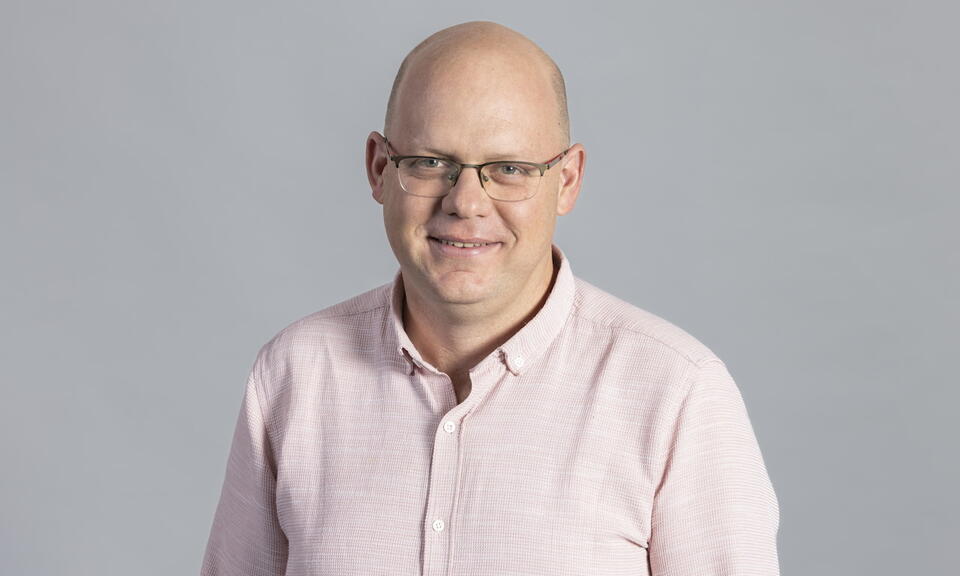
Written by
Published
Category
Key topics
Many small businesses struggle to get the funding they desperately need to expand – particularly in low-income economies. But new research shows that larger loans for fixed asset purchases could help solve this widespread problem, explains Dr Simon Quinn.
Entrepreneurs who wish to acquire an asset often face the daunting challenge of accumulating a large lump sum. In low-income economies, this usually isn’t possible through traditional microcredit: the debt-based cash loans offered by microfinance institutions are generally too small, and the terms too rigid, to allow business owners to make an expensive investment. Nor is it feasible to expect business owners to put aside enough cash to make the purchase – particularly when funds are tight, when there are more pressing expenses, and when real interest rates are low (perhaps even negative).
I was privileged to run an experiment with three co-authors from Lahore University of Management Sciences and the University of Oxford to test whether larger loans can help small businesses to expand. We partnered with Akhuwat, a large Pakistani not-for-profit lender, to provide loans of about £1,500 to "graduated borrowers": clients who had repaid at least one previous regular loan, and who had specifically identified a fixed asset they would like to purchase for their business. Of the clients in our sample, about a third wanted to purchase an auto-rickshaw, while other items included sewing machines, cameras and light machinery.
Alternative microfinance models
We identified around 750 clients and divided them into three groups: in the first, each client was offered a £1,500 fixed repayment loan, members of the second group were offered a flexible repayment loan, and those in the control group were offered a standard £375 microfinance loan. All contracts had an 18-month repayment period, and none charged interest, following Akhuwat’s usual practice. The loan uptake was 53 per cent in the first group, 59 per cent in the second, and only 13 per cent in the control group.
Debt-based cash loans offered by microfinance institutions are generally too small
Following the clients over two years, we observed striking results. Entrepreneurs in the first two groups enjoyed an average 11 per cent increase in profits compared to the control group. This profit boost led to an eight per cent rise in household income and a six per cent increase in household consumption, driven primarily by a 25 per cent rise in education spending, particularly for girls. Importantly, Akhuwat successfully recouped its cash.
These results are very exciting: together, they show that it is viable for microfinance lenders to strongly back graduated borrowers, while the benefits of the consequent investments generate sustainable improvements for clients and their households.
Performance-based microfinance
There are many interesting avenues for research on alternative models of microfinance – in particular, financial models that try to build a better sense of "mutuality" between lenders and clients. For a project in Kenya, I was one of a team of academics working with a large multinational to finance fixed capital investments within the supply chain – specifically, providing bicycles for local "micro-distributors". A key innovation in the project is that some of the clients agreed to have their loan repayments tied to their purchases through the multinational: if a client’s business has a bad month, they owe a smaller repayment.
This project suggests exciting possibilities for "performance-contingent microfinance" – something that will be increasingly relevant as more and more small businesses digitise their transactions. Similarly, I am working with my co-authors to pilot a scheme in Lahore that enables women to borrow in order to buy auto-rickshaws to transport female passengers; in due course, we would like to link each woman’s required repayments to her earnings from the vehicle.
The future of microfinance research
There are many possibilities for innovative research on these topics; it’s an area that draws together themes from development economics and finance. What’s more, the results should be of interest to a wide range of different audiences: bank lenders, academic researchers, non-government organisations, and even companies looking for ideas in corporate social responsibility.
At Imperial College Business School, we offer an undergraduate BSc in Economics, Finance & Data Science – and, later this year, I will be privileged to teach econometric methods to the students. The students will have the opportunity to work hands-on with a variety of datasets including the data from this microfinance study. I hope this experience helps them think about how finance can bring tangible improvements to the lives of poor households, and to recognise some of the ways that data can help decision-making for businesses, large and small.
This article draws on findings from "Asset-Based Microfinance for Microenterprises: Evidence from Pakistan", by Faisal Bari (Lahore University of Management Sciences), Kashif Malik (Lahore University of Management Sciences), Muhammad Meki (University of Oxford) and Simon Quinn (Imperial College London).


